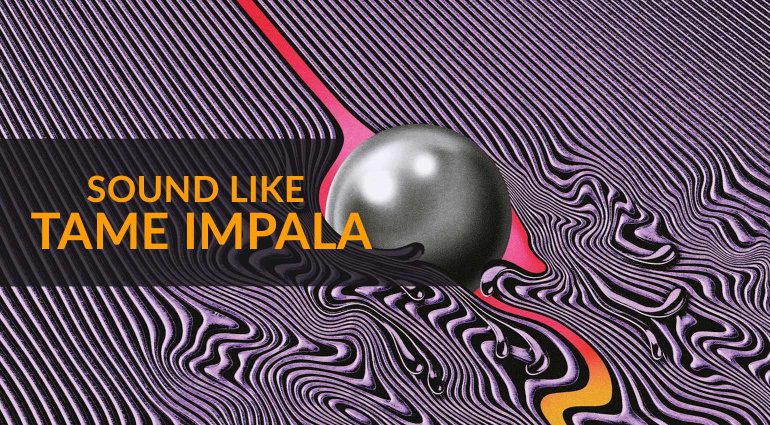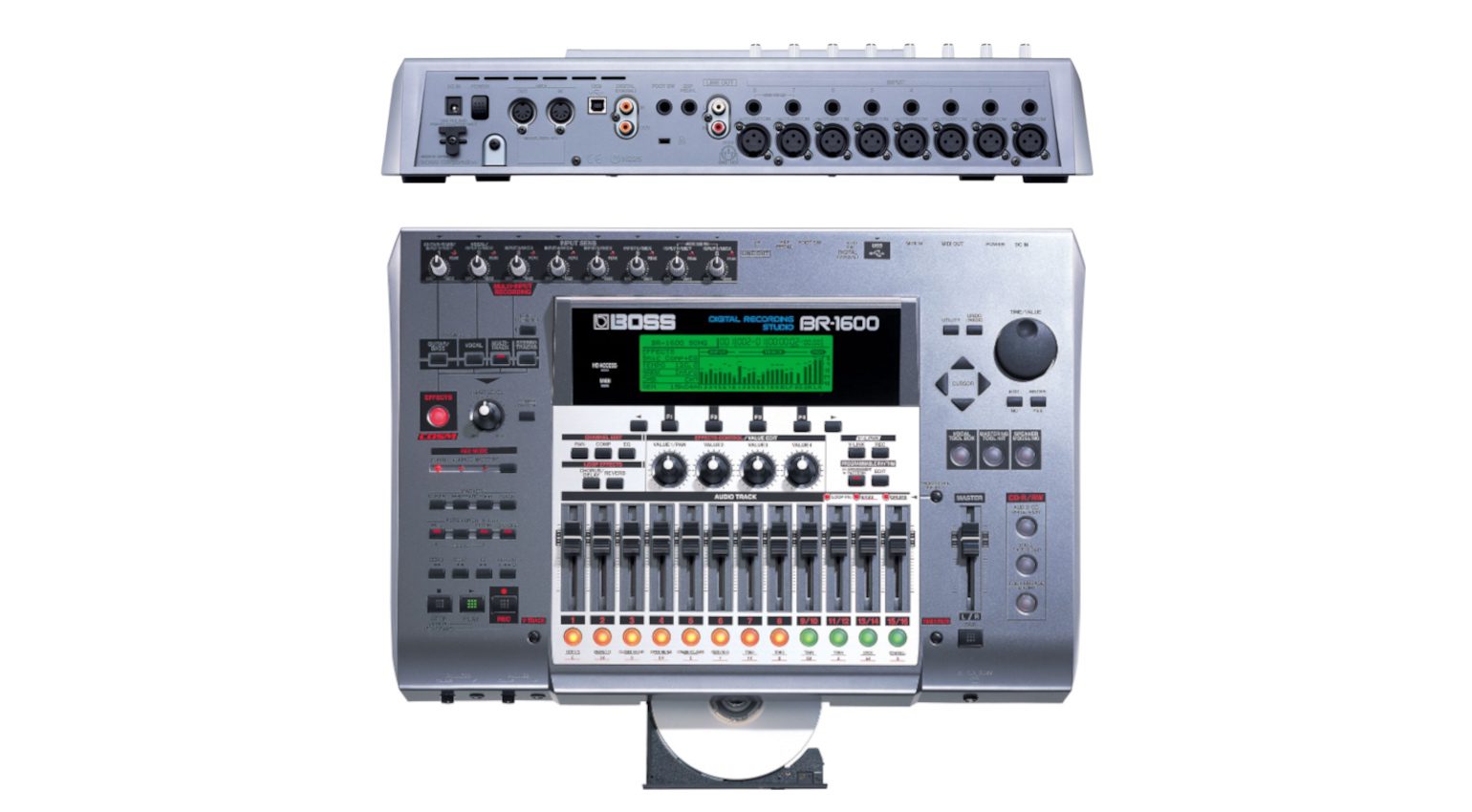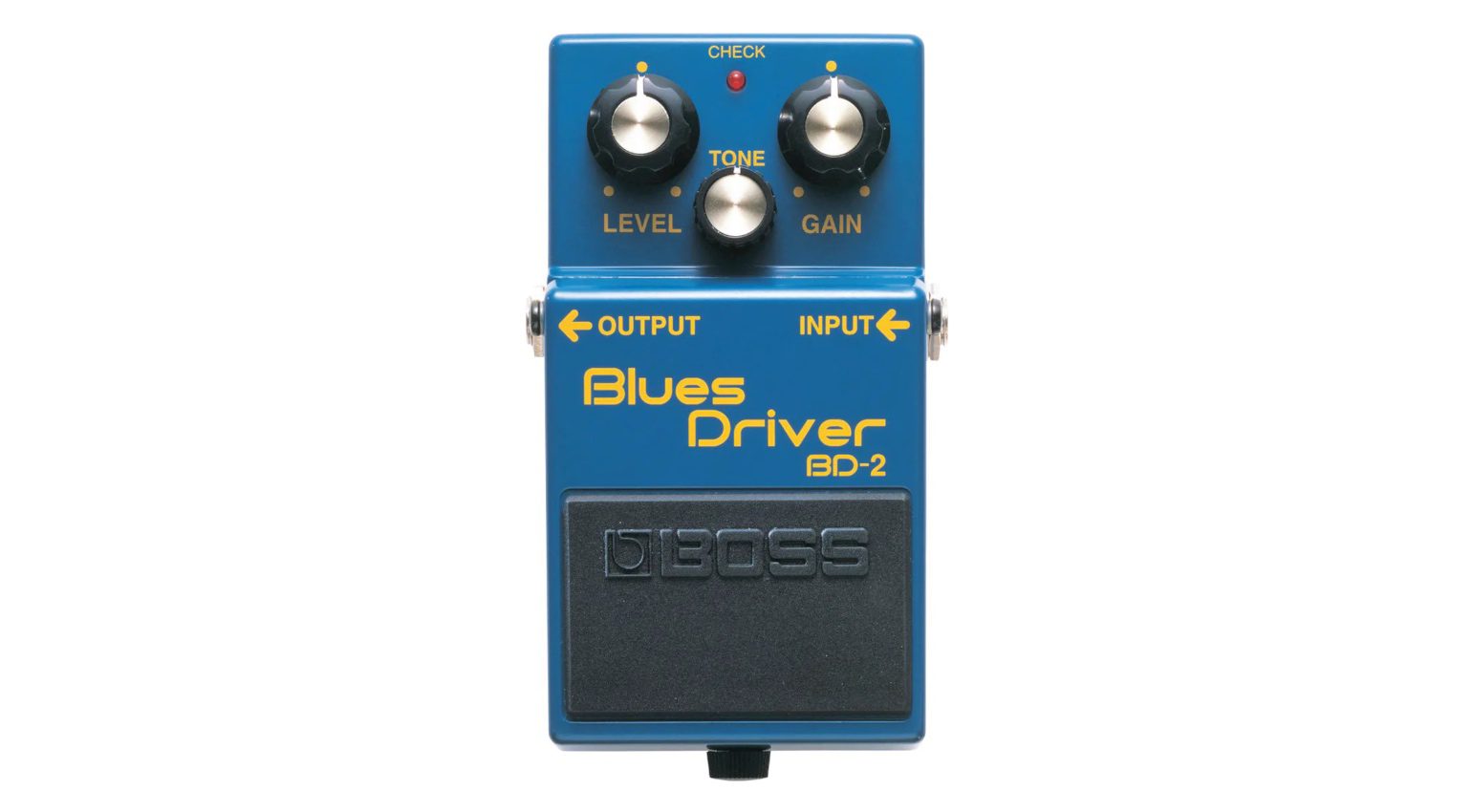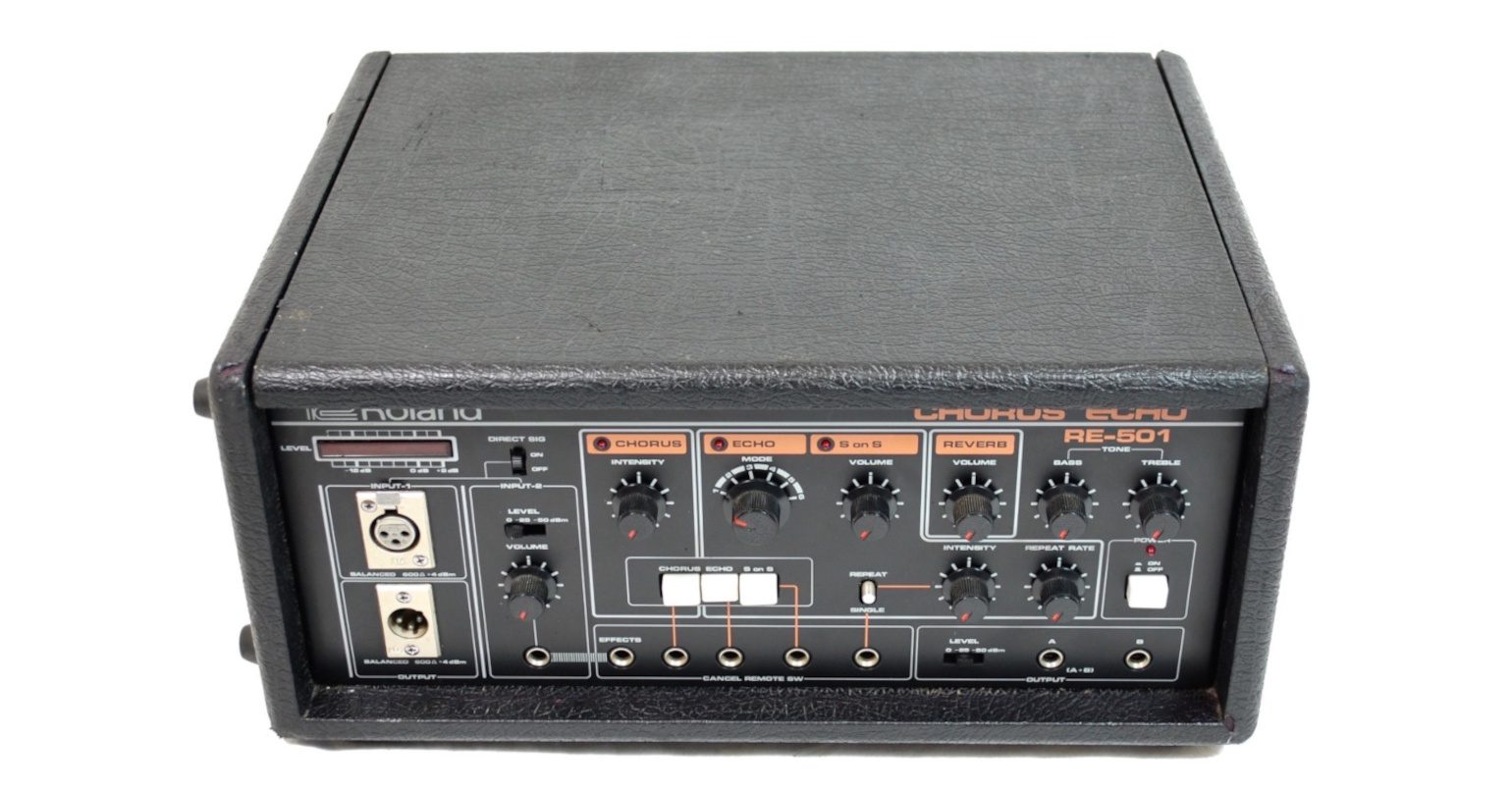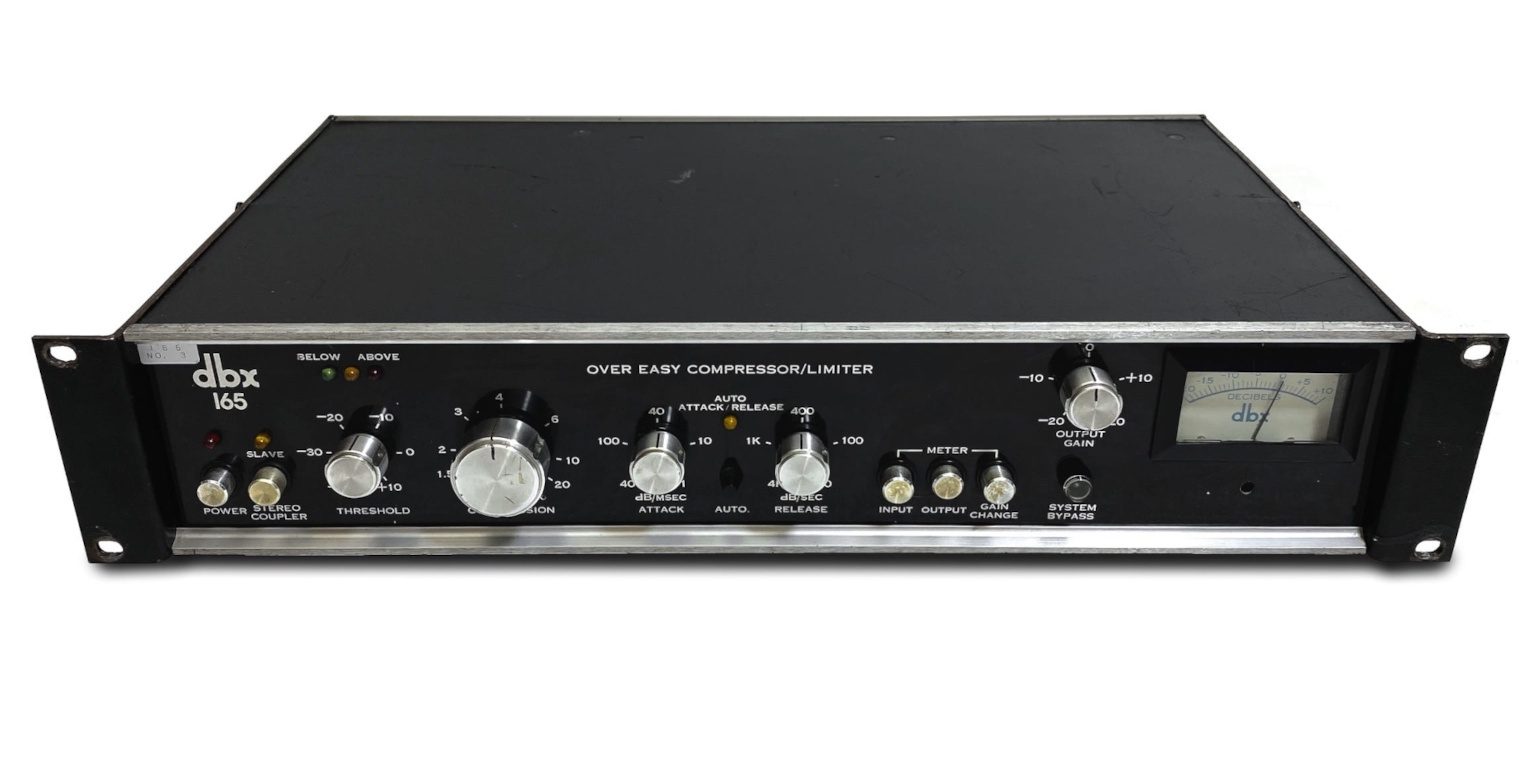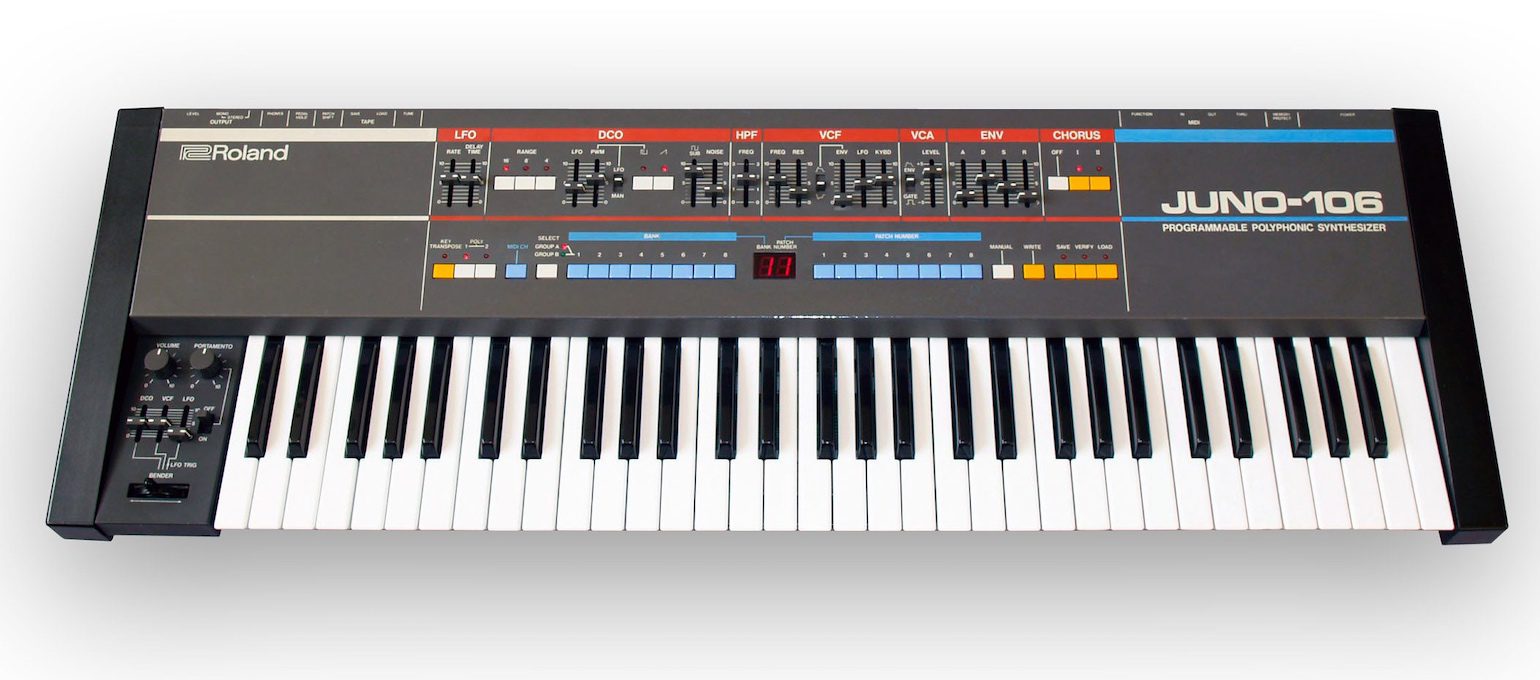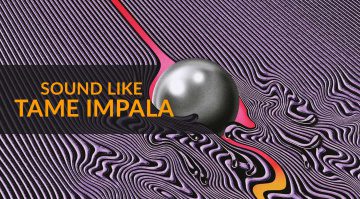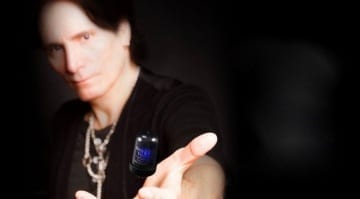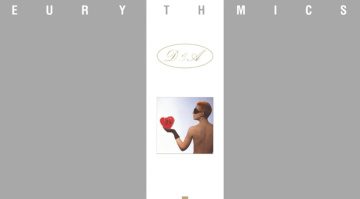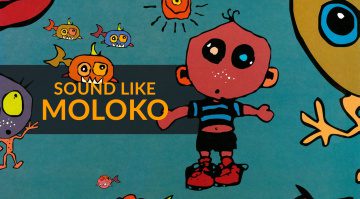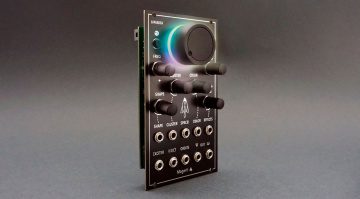Cosmic Wonderland: How To Sound Like Tame Impala
Kevin Parker’s solo project, Tame Impala rose to prominence in the 2010s becoming a generational sound at a time when traditional guitar-driven music was on the decline in the mainstream.
We’re taking a look behind the music at some of the key instruments used in the recording process to find out more about what helped create the escapist melancholic sound.
After gaining some experience playing in bands within the Perth music scene, Kevin decided to create and launch his home recordings on Myspace in 2007.
The songs garnered the interest of several labels, and he signed with Modular Recordings the following year. This led him to assemble Tame Impala as a live touring act, supporting the likes of The Black Keys, Yeasayer, and MGMT.
The Tame Impala Sound
With the help of his two friends, Dominic Simper and Jay Watson, Kevin devised an approach to recording that would shape the Tame Impala sound.
When they began creating their debut album, Inner Speaker in 2009, rather than using a pro studio they opted for a house in a remote coastal location outside of Perth that became known as The Wave House, which Kevin later acquired in 2020.
Now we’ll dive into the gear and take a look at some of the key elements that helped in the creation of the Tame Impala sound.
Boss BR-1600
Rather than taking the DAW route with its endless plethora of plug-ins, Kevin chose to use two Boss multitrack recorders – namely the BR-864 and the BR-1600.
This made sense having started out his journey in recording with methods like bouncing between two tape machines. In addition, the Boss recorders had effects presets which he found extremely useful.
You can still do DAWless recording quite affordably with solutions like the versatile Zoom LiveTrak series.
- More from BOSS

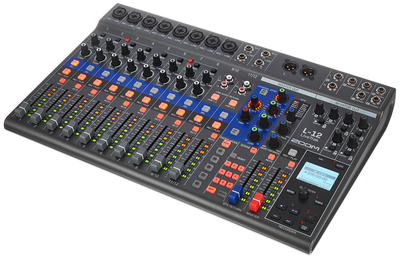
Boss Blues Driver
Although the guitar isn’t always as dominant in Tame Impala songs as you might find on other rock records, it’s still a fundamental part of the sound. That being said, Kevin’s rig was relatively straightforward at the time of the Inner Speaker (2010) sessions.
For starters, he was using a Fender Deluxe Roadhouse Strat running into a Vox AC-30 mic’d with an SM57. His pedalboard consisted of several Electro-Harmonix pedals such as the Small Stone Phaser, the Fuzz Face, and the Holy Grail Reverb.
In addition to these, he used the Dyna Comp and the Carbon Copy from MXR, the Diamond Vibrato, and the Boss Blues Driver, which is still available in the form of the BD-2W.
- More from BOSS

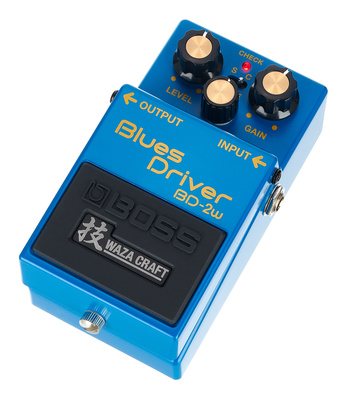
Roland Chorus Echo RE-501
One of the most interesting outboard effects used on the early Impala recordings was the Chorus Echo RE-501. Roland’s echo designing days began with Ace Tone in the late 1960s, before the now legendary company had in fact formed.
The RE-501 and rack-mountable SRE-555 are the 1982 versions of the Space Echo and the last tape-based echo units that Roland ever produced.
Although there are many digital recreations in both hardware and software formats, nothing quite compares to a real tape echo like the Echo Fix EF-X3 Chorus Echo.
- More from Roland

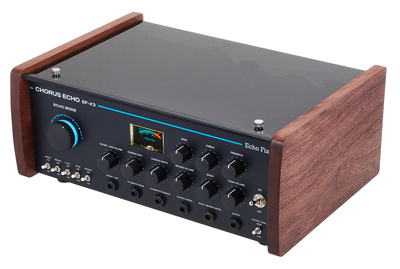
DBX 165
While some folks like their eggs over easy, others prefer their compressors that way. The DBX 165 became one of Kevin’s favourite recording tools as he found it incredibly versatile for bringing character and life into his sounds.
The magic of the Tame Impala drum sound, for instance, came about through the combination of the 165 and mix engineer Dave Fridmann’s use of the Shure Level-Loc – which is effective for blending drum ambience in a very pleasing way.
You might not find a 165 very easily these days, but a VCA compressor like the Dave Hill Titan can also add plenty of character to your recordings.
- More from dbx


Roland Juno-106
As he progressed in his songwriting and production, Kevin developed a love for synthesizers and the Juno-106 became one of his favourite instruments that he used on the material that followed.
The 106 is a 6-voice polysynth that offers relatively limited synthesis capabilities, but more than makes up for it in the sound department. In addition, its built-in chorus effect is so sought-after that it’s been recreated as a separate effects pedal.
As a more affordable modern alternative, the Behringer Deepmind is inspired by the Juno and provides more control of your sound in terms of synthesis and effects.

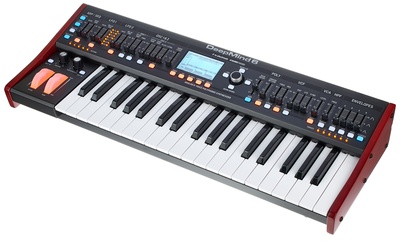
Which of your favourite artists would you like to see in our sound-alike series? Please let us know in the comments below!
More about Tame Impala:
- Official band page
- The Evolution of the Space Echo
- More sound-alikes
Videos:
You are currently viewing a placeholder content from YouTube. To access the actual content, click the button below. Please note that doing so will share data with third-party providers.
You are currently viewing a placeholder content from YouTube. To access the actual content, click the button below. Please note that doing so will share data with third-party providers.
You are currently viewing a placeholder content from YouTube. To access the actual content, click the button below. Please note that doing so will share data with third-party providers.
You are currently viewing a placeholder content from YouTube. To access the actual content, click the button below. Please note that doing so will share data with third-party providers.
You are currently viewing a placeholder content from YouTube. To access the actual content, click the button below. Please note that doing so will share data with third-party providers.
*Note: This article contains promotional links that help us fund our site. Don’t worry: the price for you always stays the same! If you buy something through these links, we will receive a small commission. Thank you for your support!

 3,0 / 5,0 |
3,0 / 5,0 | 